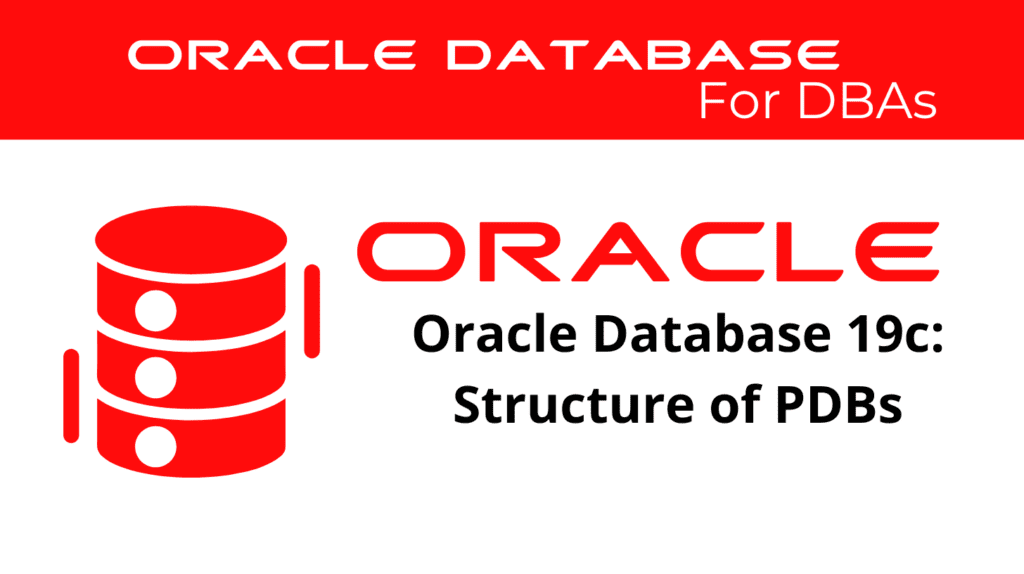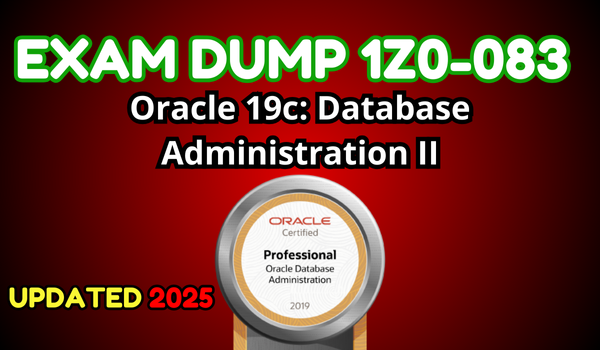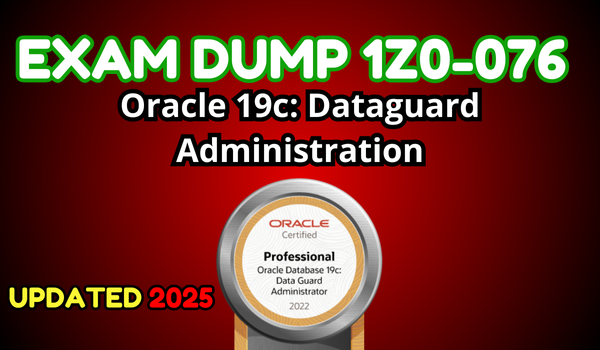
Oracle Database 19c offers a sophisticated multitenant architecture that allows multiple pluggable databases (PDBs) to reside within a single container database (CDB). In this blog, we will explore the structure of PDBs, highlighting key components and their functionalities. Understanding the PDB structure is crucial for effective database management and optimization.
Pluggable DBs Structure Overview
The PDB structure in Oracle Database 19c is designed to facilitate efficient database management. A Pluggable Database (PDB) contains its own data files, tablespaces, and metadata, ensuring that it operates independently within the Container Database (CDB). Here are the main elements of the PDB structure:
Data Files
Each PDB has its own set of data files that store the database objects and user data.
Tablespaces
These logical storage units help organize data within the PDB, enhancing performance and manageability.
Metadata
The metadata includes information about the database schema, user accounts, and security settings specific to the PDB.
Components of PDBs structure
Understanding the components of PDBs is essential for effective database management. Each PDB consists of several critical components:
1. Data Files
Data files are the physical files on disk that store the data for the PDB. They include:
- User Data: This includes tables, indexes, and other database objects.
- System Data: System-related data such as control files and redo logs.
2. Tablespaces
Tablespaces are logical storage units within the PDB that group related database objects. Important tablespaces include:
- SYSTEM: Contains the data dictionary and essential system data.
- SYSAUX: Stores auxiliary system data such as statistics and metadata.
- USER: Default tablespace for user-created objects.
3. Metadata
Metadata in a PDB contains crucial information about the database’s structure and configuration. It includes:
- Schema Information: Definitions of tables, views, and other objects.
- User Accounts: Information on users and their privileges.
- Security Settings: Configurations related to data security and access control.
📢 You might also like: Oracle 19c Manage CDBs and PDBs Overview (Category: Oracle Database Admin)
Benefits of a Well-Defined PDB
A well-structured PDB offers numerous benefits, improving both performance and manageability. Key advantages include:
Improved Performance
Proper organization of data files and tablespaces enhances query performance and data retrieval times.
Enhanced Security
Isolated metadata and user accounts within each PDB provide robust security measures.
Simplified Management
Clear separation of data and system files simplifies maintenance tasks such as backups and upgrades.
Best Practices for Managing Pluggable DBs Structures
To ensure optimal performance and security, follow these best practices for managing PDB structures:
Regular Backups
Perform regular backups of both data files and metadata to safeguard against data loss.
Monitor Performance
Use Oracle’s monitoring tools to track performance metrics and identify potential bottlenecks.
Update and Patch
Keep your PDBs updated with the latest patches and security updates.
Resource Allocation
Allocate resources efficiently based on the workload and performance requirements of each PDB.
See more on Oracle’s website!
Conclusion
Exploring the structure of PDBs in Oracle Database 19c reveals the intricate design and robust functionality that supports efficient database management. By understanding the key components and best practices, you can optimize the performance and security of your database environment.
Be Oracle Database certified Professional, this world is full of opportunities for qualified DBAs!





